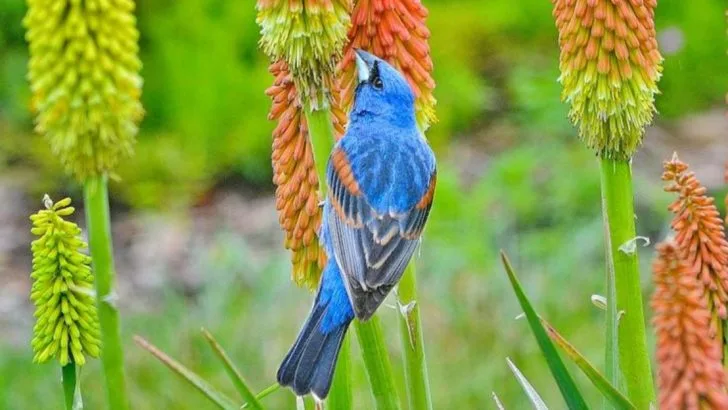If you’re looking to transform your garden into a haven for rare and fascinating wildlife, these 12 plants are your ticket to attracting creatures you won’t find anywhere else. From vibrant flowers that draw in exotic pollinators to shrubs that provide shelter for unusual insects, these plants offer a unique opportunity to cultivate biodiversity in your backyard.
Not only will they add a touch of magic and mystery to your garden, but they’ll also provide a valuable ecosystem for wildlife that may be struggling to find habitats.
Each plant on this list has something special about it, whether it’s the fragrance, color, or shape that draws in a specific species. Ready to welcome some unexpected visitors? These plants will help turn your garden into a sanctuary for the most unique wildlife around.
Passionflower (Passiflora)
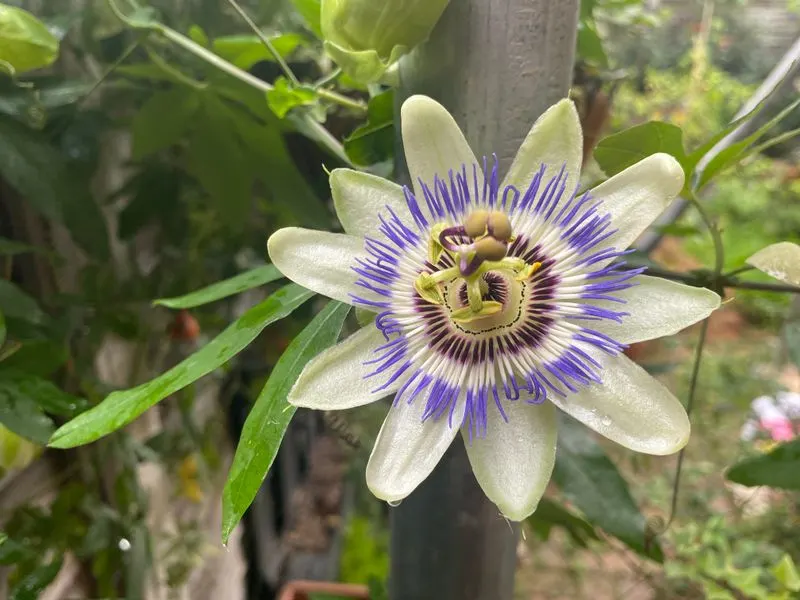
Passionflower is known for its intricate blossoms that seem to beckon hummingbirds and exotic butterflies. The plant’s floral architecture provides a rich source of nectar that’s irresistible to these winged visitors. Its vines can quickly transform any garden space, offering a lush, green sanctuary for wildlife. Besides their visual appeal, passionflowers serve as host plants for certain species of butterfly larvae, supporting the full life cycle of these insects. By planting passionflower, you invite a dynamic ecosystem into your backyard that thrives on its natural beauty and utility.
Milkweed (Asclepias)

Milkweed plays a crucial role in the life cycle of monarch butterflies, serving as their primary larval food source. These plants offer abundant nectar, attracting not only monarchs but other pollinators too. The tall, slender stalks of milkweed provide ample landing space for butterflies, creating a picturesque scene in any garden. Planting milkweed not only adds visual interest with its vibrant pink and orange blossoms but also contributes to the conservation of these iconic butterflies. It’s a vital addition for gardeners committed to supporting wildlife.
Elderberry (Sambucus)
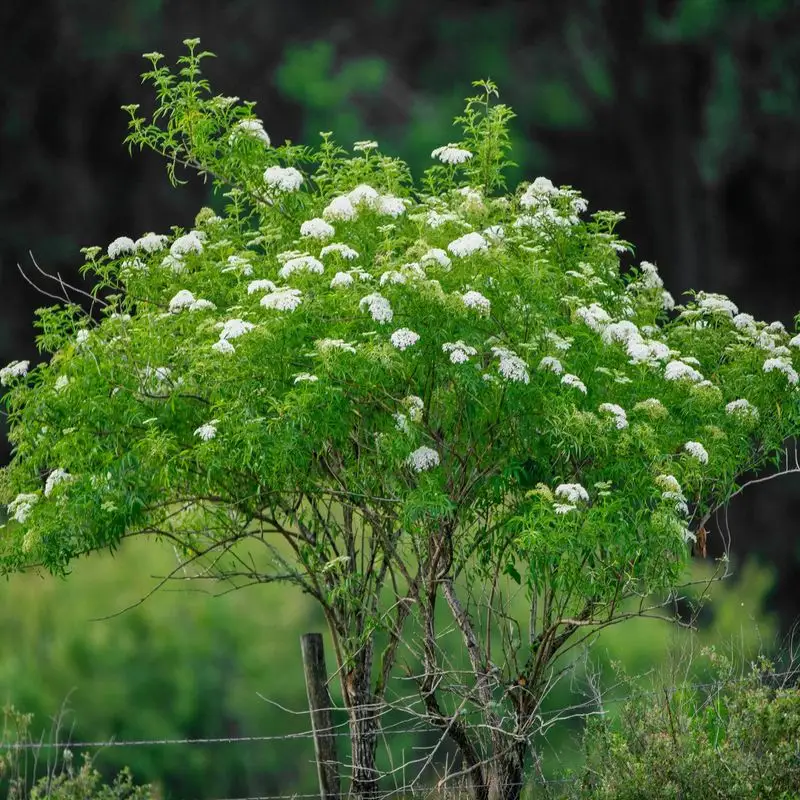
Elderberry bushes offer more than just visual appeal with their rich, dark berries. These fruits are a magnet for birds, particularly species like robins and waxwings. The dense foliage provides excellent cover and nesting sites, making it an ideal plant for bird enthusiasts. In addition to attracting avian visitors, elderberry flowers are a rich source of nectar for bees. By incorporating elderberry into your garden, you create a haven for wildlife while enjoying the seasonal show of blooms and berries.
Bee Balm (Monarda)
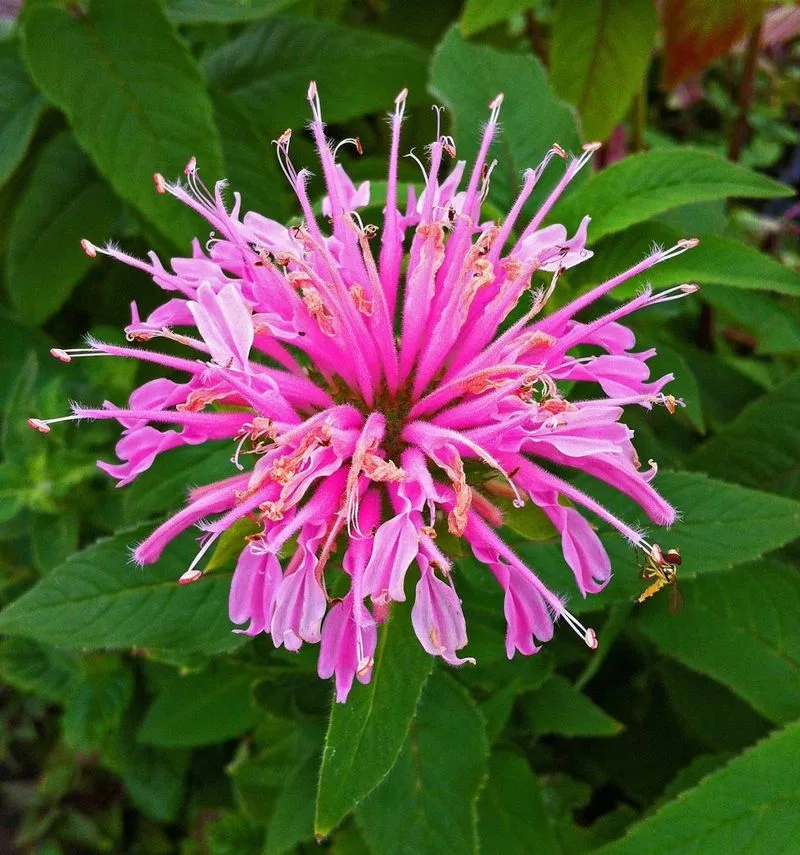
Bee balm is a magnet for pollinators with its striking, spiky blooms in shades of red, pink, and purple. This plant is particularly attractive to bees and hummingbirds, drawn in by the sweet nectar. Its aromatic leaves add another sensory layer to the garden, releasing a pleasant scent when touched. Beyond its beauty, bee balm supports biodiversity by providing essential resources for pollinators. Adding bee balm to your garden not only enhances its visual and olfactory appeal but also promotes ecological health.
Red Hot Poker (Kniphofia)
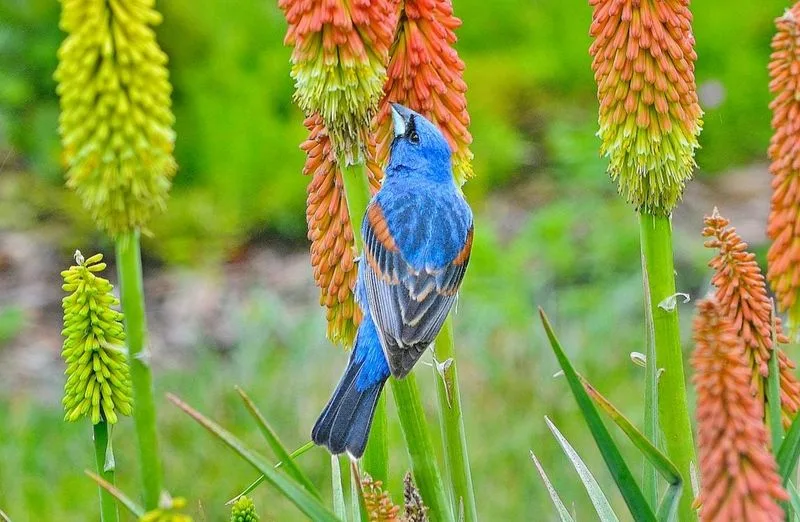
The bold, fiery spikes of the red hot poker are irresistible to sunbirds seeking nectar-rich flowers. This plant’s vibrant colors add drama to any garden while supporting wildlife. The tall flower spikes are not only visually striking but also serve as a beacon for pollinators. Besides attracting sunbirds, these flowers can draw in bees and butterflies, making them a versatile choice for a wildlife-friendly garden. Red hot pokers are hardy and adaptable, thriving in various conditions, which makes them an excellent addition to diverse landscapes.
Coral Honeysuckle (Lonicera sempervirens)
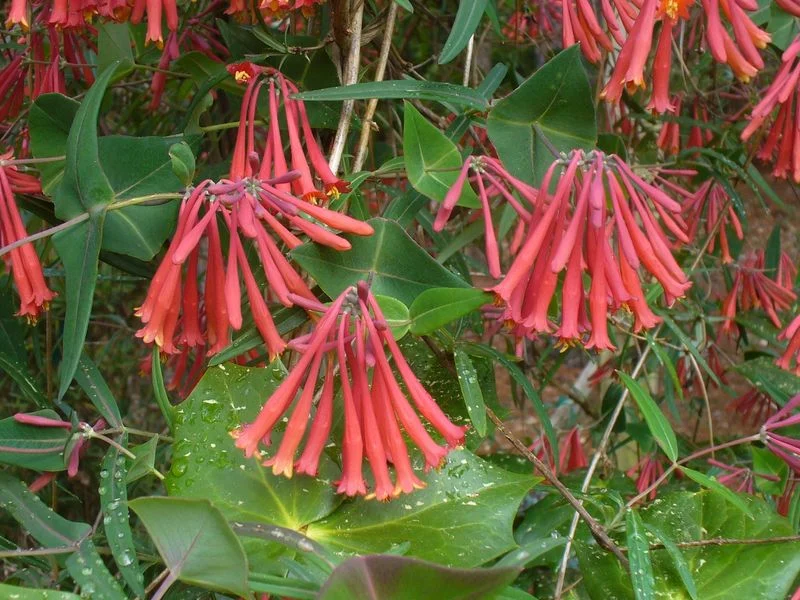
Coral honeysuckle offers a cascade of tubular blooms that are perfect for hummingbirds and butterflies. Its vibrant coral-red flowers are a standout feature, making it an eye-catching addition to any garden. This vine can cover fences or trellises, creating a dynamic and colorful display while providing vertical spaces for wildlife. The plant’s nectar-rich flowers are a reliable food source, supporting pollinators throughout the growing season. Coral honeysuckle is not only beautiful but also a robust choice for encouraging biodiversity.
Buddleia (Butterfly Bush)

The butterfly bush earns its name by attracting a plethora of butterflies with its fragrant, elongated flower clusters. Available in a range of colors, it adds a splash of vibrant hues to the garden. This plant is a favorite among gardeners due to its low maintenance and high wildlife attraction value. While butterflies are the main visitors, bees also frequent the flowers, taking advantage of the rich nectar supply. Planting a butterfly bush ensures a lively and colorful garden scene filled with fluttering activity.
Cardinal Flower (Lobelia cardinalis)
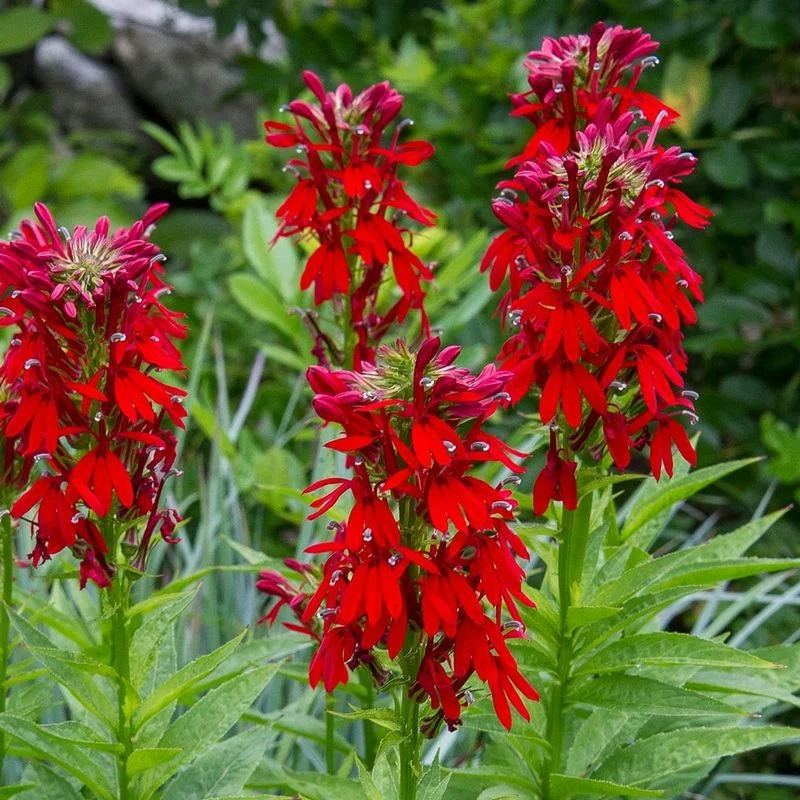
Cardinal flower stands out with its striking red blooms, making it a go-to plant for attracting hummingbirds. Often found near water bodies, it thrives in moist conditions, adding vertical interest with its tall flower spikes. The plant’s vibrant color acts as a natural beacon, drawing in pollinators from afar. Besides hummingbirds, it can attract butterflies, adding to its wildlife appeal. Cardinal flower is an excellent choice for gardeners looking to create a dynamic and vibrant habitat that supports a variety of species.
Joe-Pye Weed (Eutrochium purpureum)
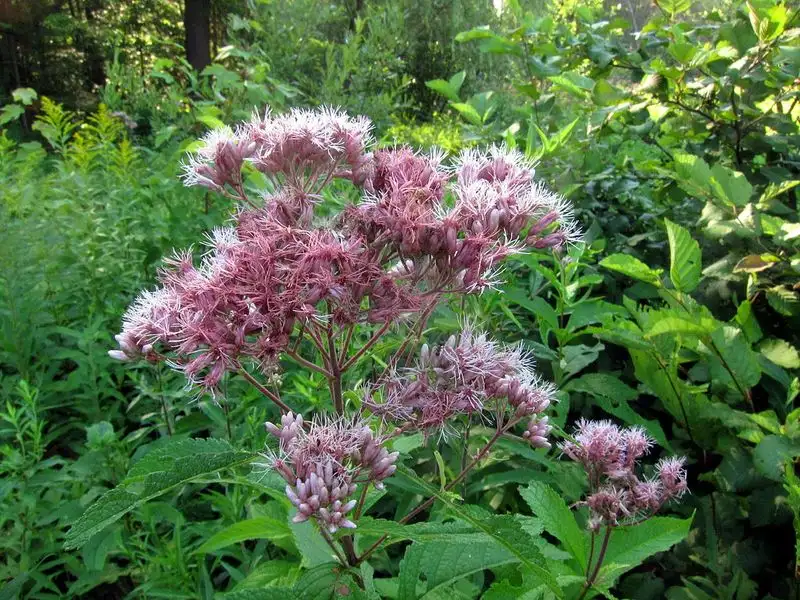
Joe-Pye weed, with its towering stalks and fluffy pink flower clusters, is a favorite among pollinators. Bees and butterflies flock to its blossoms, feeding on the abundant nectar it provides. This plant thrives in sunny or partially shaded areas, making it versatile for different garden settings. Its height and unique appearance add architectural interest to landscapes, while also supporting ecological health. Planting Joe-Pye weed in your garden is a simple way to attract beneficial insects and contribute to a vibrant ecosystem.
Foxglove (Digitalis purpurea)

Foxglove is known for its tall, graceful spikes adorned with bell-shaped flowers, attracting bees and other pollinators. The plant’s blooms are not only beautiful but also functional, providing shelter and nectar to various insects. It’s a versatile plant, thriving in a range of soils and climates, making it an excellent choice for gardeners interested in supporting wildlife. By adding foxglove to your garden, you ensure a lively and buzzing environment, filled with the sound of nature at work. Its presence enhances both visual appeal and biodiversity.
Holly (Ilex)
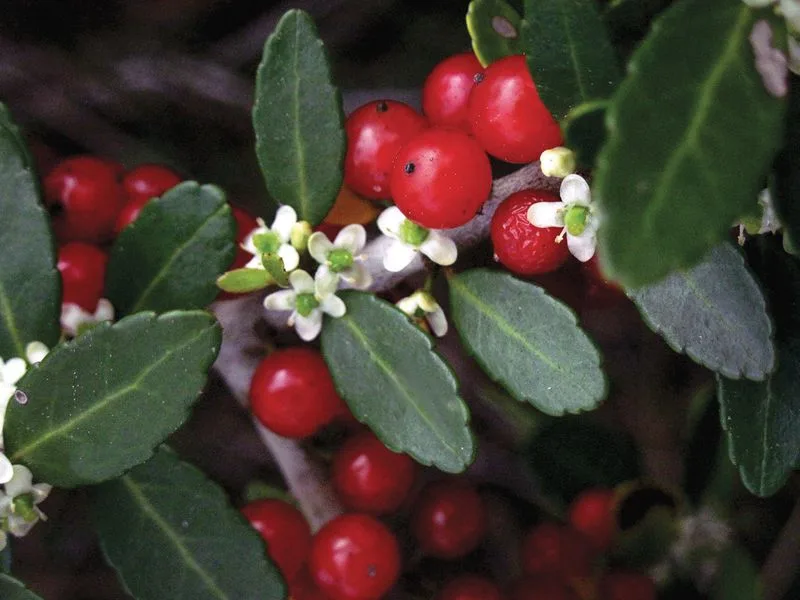
Holly plants are renowned for their glossy foliage and bright red berries, which attract numerous bird species. The dense branches provide excellent nesting sites, making holly a staple in bird-friendly gardens. Its evergreen nature ensures year-round interest and appeal. Besides birds, holly flowers attract bees, supporting pollination. Planting holly contributes to a vibrant, multi-layered habitat that supports a variety of wildlife. Its iconic appearance and ecological benefits make it a cherished addition to any garden focused on wildlife conservation.
Salvia (Sage)
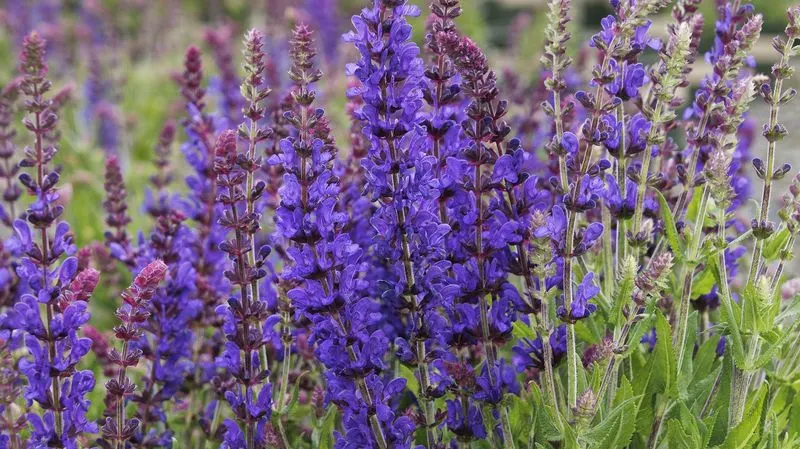
Salvia is celebrated for its vibrant spikes of flowers that draw in bees, butterflies, and hummingbirds. This plant offers a long blooming season, providing consistent nectar sources for pollinators. Its resilience and variety in color and form make it a versatile choice for different garden styles. Salvia’s aromatic leaves add an extra sensory dimension to gardens, enhancing their appeal. Including salvia in your garden not only beautifies the space but also fosters a supportive environment for wildlife, promoting ecological balance and diversity.

